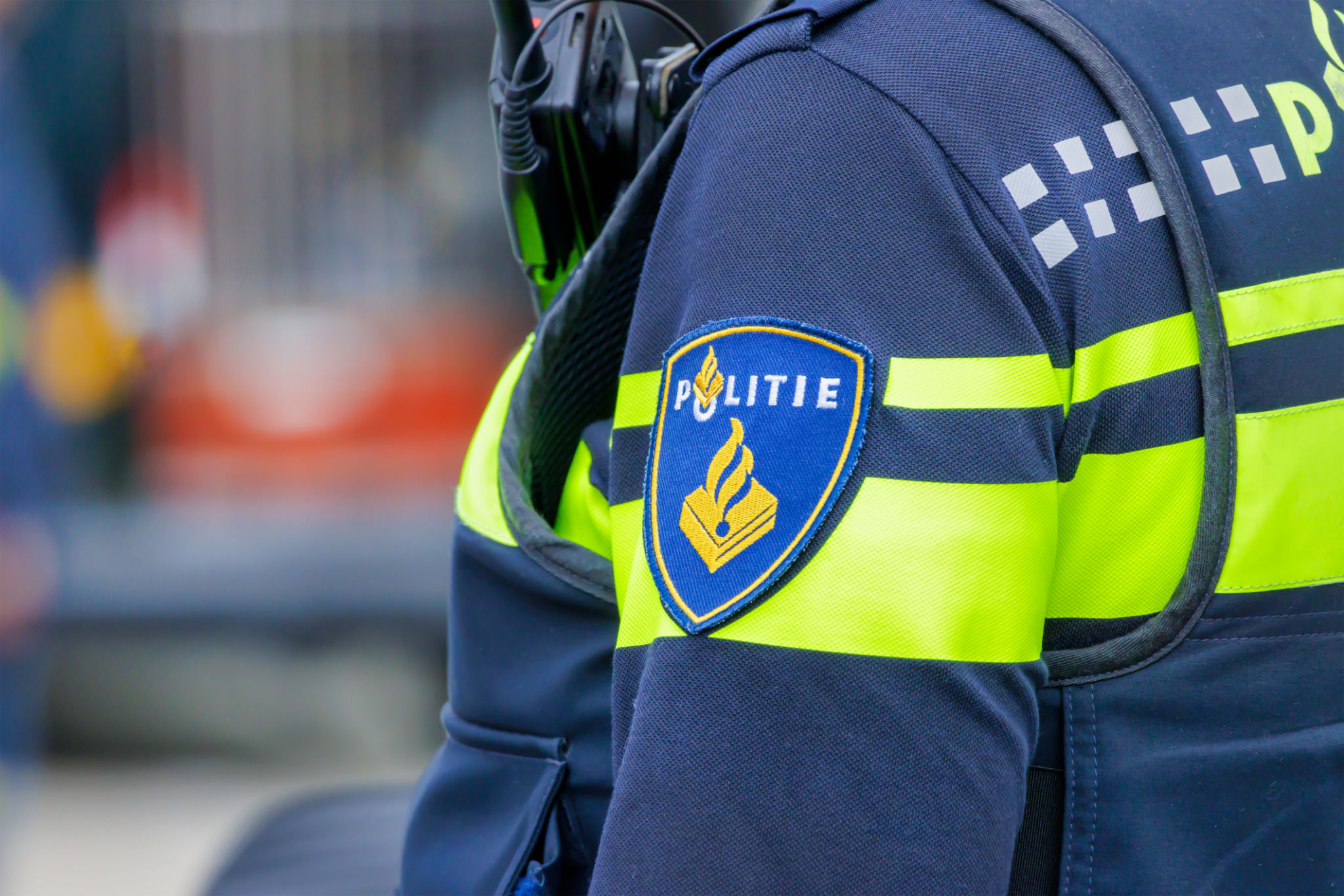Comparing Law Enforcement Techniques: Cook County vs. Surrounding Areas
Introduction to Law Enforcement Techniques
Law enforcement agencies are pivotal in maintaining public safety and order, and the techniques they employ can differ significantly based on geographic and demographic factors. In this post, we'll compare the law enforcement strategies used in Cook County with those implemented in surrounding areas. By understanding these differences, we can gain insights into how local conditions shape policing methods.

Community Policing in Cook County
Cook County, home to Chicago, employs a community policing model that emphasizes building relationships between officers and residents. This approach aims to foster trust and cooperation with the community, encouraging residents to participate actively in crime prevention and neighborhood safety initiatives.
One of the key elements of community policing in Cook County is the establishment of neighborhood watch programs. These programs empower residents to monitor their surroundings and report suspicious activities, creating a collaborative environment where law enforcement and the community work hand in hand.
Technology Integration
Cook County has also been at the forefront of integrating technology into its policing techniques. The use of data analytics and predictive policing models enables officers to allocate resources more efficiently and anticipate potential crime hotspots. This tech-savvy approach not only enhances the effectiveness of law enforcement efforts but also helps in deploying officers where they are most needed.

Law Enforcement in Surrounding Areas
In contrast to Cook County, surrounding areas often adopt more traditional law enforcement methods. These regions may rely heavily on visible police presence and routine patrols to deter criminal activities. While effective in some contexts, this approach may not foster the same level of community engagement as seen in urban settings.
Many surrounding areas prioritize rapid response units that can quickly react to incidents as they occur. This strategy is particularly effective in regions with lower population densities where immediate police presence is not always feasible.
Resource Allocation
Resource allocation is a critical aspect that distinguishes the law enforcement techniques of Cook County from its neighbors. While Cook County benefits from a larger budget and staffing due to its urban setting, surrounding areas often face challenges related to limited resources. These constraints can influence the types of policing strategies that are feasible and effective.

Training and Development
Both Cook County and surrounding areas place a strong emphasis on officer training and development. However, Cook County's training programs often include specialized modules focused on cultural sensitivity and crisis intervention, reflecting the diverse population it serves.
Surrounding areas may focus more on tactical training due to the different nature of crimes typically encountered. This tailored approach ensures that officers are well-prepared to address the specific needs and challenges of their respective communities.
Community Feedback
Feedback mechanisms are integral to refining law enforcement techniques. In Cook County, regular town hall meetings and public forums provide a platform for residents to voice their concerns and suggestions. This feedback loop helps law enforcement agencies adapt their strategies to better serve the community.

Surrounding areas also value community input but may implement it through smaller-scale gatherings or surveys. Despite the differences in approach, the goal remains consistent: to create a safer environment through collaborative efforts.